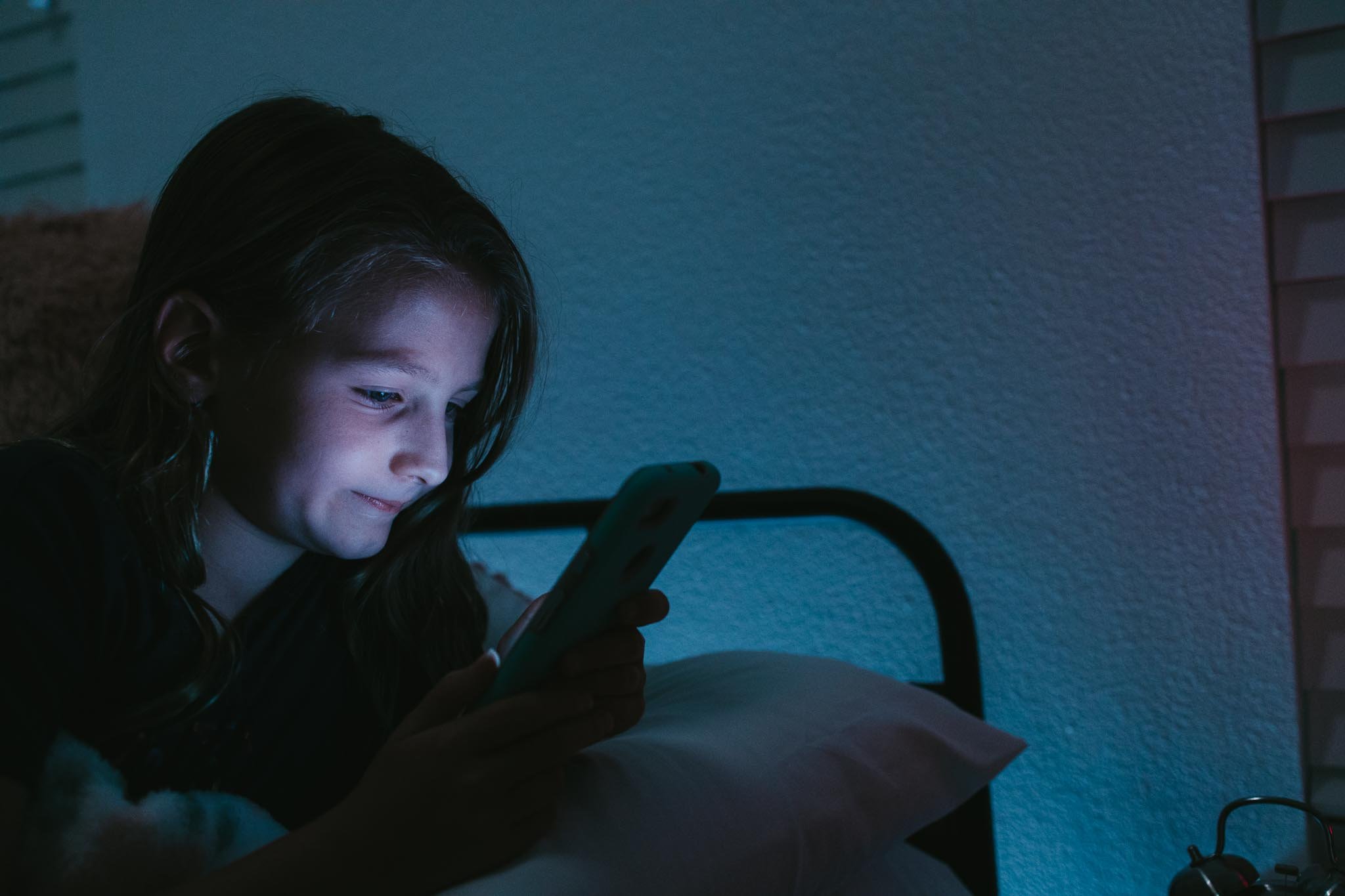Pinwheel announces launch of Canada's first kid-safe phone
Pinwheel announced today that its popular Pinwheel smartphone for kids is now available for sale in Canada, making it the first smartphone designed specifically for safe use by children ages 8-14 available to families there.
According to Common Sense Media, about half of all children get their first phone by age 11, and by age 12, that number climbs to 71%. At the same time, experts have increasingly raised concerns about excessive screentime and the negative impact of social media usage among children and teens. The Pinwheel phone, recently named a “Best First Phone for Kids” by the New York Times, offers a solution for concerned parents – a phone that gives kids with the features and functions they want, like texting, apps and photo sharing, along with age-appropriate guardrails (no open Internet browser or social media) and parental monitoring tools that encourage healthy technology habits from the start.
Unlike adult phones that connect kids to the open internet with confusing and weak parental controls, Pinwheel allows parents to customize the settings to meet their child’s current needs, then unlock features and nearly 1,200 apps as their child grows into an independent young adult who manages technology well.
Built-in Parental Monitoring + Controls Reduce Family Conflict
According to a recent Pew Research report, roughly three-quarters of parents (76%) surveyed say “managing how much time their teen spends on the phone is an important or a top priority,” and about four-in-ten parents and teens 13-17 report regularly arguing with one another about time spent on their phone. Each of Pinwheel’s four models comes with a built-in parent management system to help alleviate these challenges. Through the Pinwheel Caregiver Portal, parents have access to:
- Text and Call History Monitoring – Parents can view a child’s text messages in the Caregiver Portal (on mobile or desktop) without having to take the Pinwheel phone from them. This reduces conflict with parents monitoring in the background.
- Contact Safelist – Only contacts on the parent-designated Safelist can call or text the device, so no need to worry about spam or stranger communication.
- Schedules for Apps and Contacts – Parents can set up schedules for when apps and contacts are available on the phone and when they are not, such as during school and overnight.
- Kid-safe App Library – Pinwheel offers a curated library of nearly 1,200 popular apps with safety ratings based on child development expert recommendations to help parents to make confident choices, such as whether an app allows communication with strangers, has explicit content, etc. The App Library does not include any social media apps or web browsers.
Pinwheel currently offers four models for Canada customers, all available for sale at www.pinwheel.com/en-ca/. The Pinwheel Slim 5 for C$289, the Pinwheel Plus 3 (Samsung) for C$469, the Pinwheel Genesis for C$149 and the Pinwheel Pixel 8A (Google) for $859. In addition, parents pay a monthly subscription fee of C$19.99 (or C$219.99 for the year) for the parental controls + Caregiver Portal. All of the models work with each of the main telecom carriers in Canada, so parents can add kids to a family plan or choose whichever provider makes sense.
“Ever since we launched Pinwheel in the U.S. a few years ago, word spread quickly among parents everywhere, including Canada, and we heard from many people that they were so eager to get a phone they were asking friends in the US to buy them and ship them up north. That’s why we are so excited to finally be able to meet the demand for our phones here,” said Dane Witbeck, CEO and Founder of Pinwheel. “Now parents and kids have a way to stay connected and enjoy the benefits and fun of a smartphone – from sharing photos, texting friends, playing games and more, but with the guardrails and monitoring that keep everyone safe and reduce family conflict. We believe our phones give families a way to help kids develop healthy habits around digital device usage and screentime without the negative impacts and distractions of social media and open Internet access.”
Related Articles
The ASCA conference features kids’ smartphone company Pinwheel
Starting Saturday, July 11 the American School Counselor Association (ASCA) is hosting a four day event, filled with informative sessions, inspirational speeches, and...
Pinwheel pop-up: kids smartphones and free Kona Ice in Austin, Texas
While most pop-ups are selling artisan tacos or showcasing local artists, a small company headquartered in Austin, Texas is setting up shop for one day so the Lakeway...
Can I Give My Kid My Old iPhone?
When kids ask (read: beg) for their first phone, parents often dust off their old iPhone or Android, connect it to Wi-Fi, and think their problem is solved.


